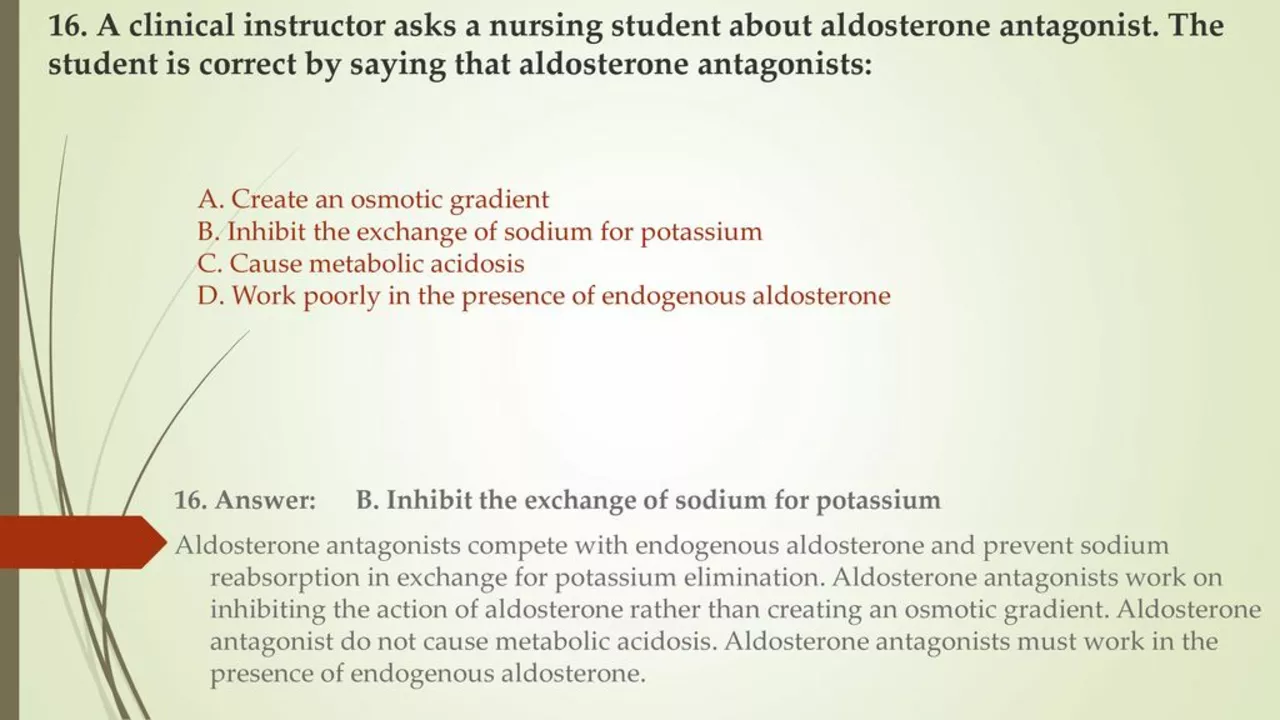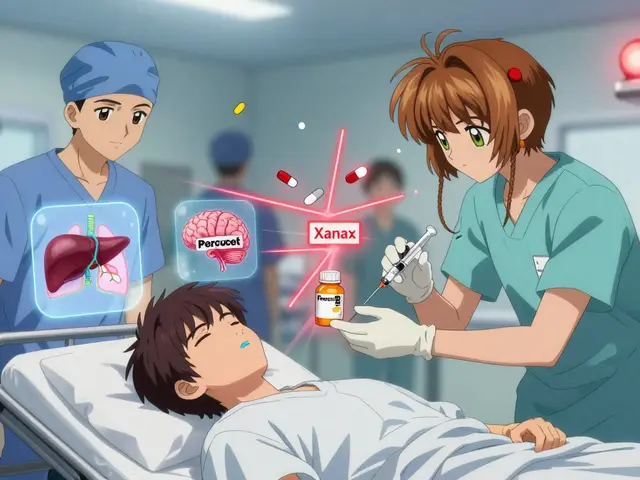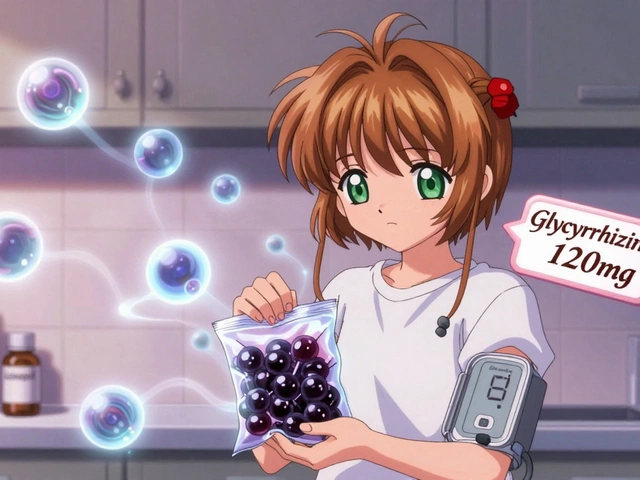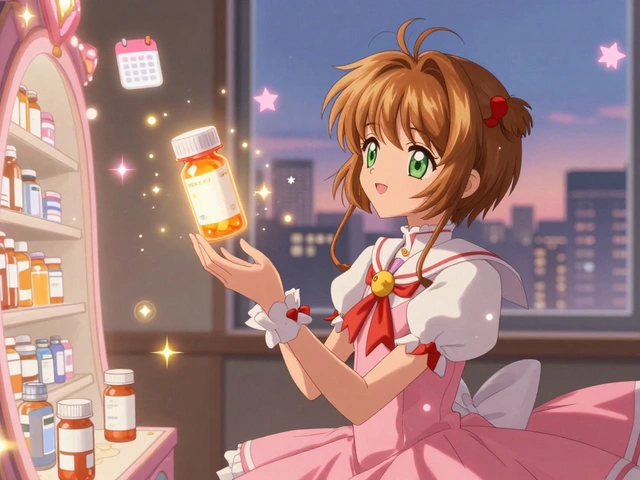Angina treatment: what works now and what to do fast
Chest pain can be scary. If you have angina, you want clear steps—what calms pain now, what prevents the next episode, and when to call for help. This page gives practical, no-nonsense advice on common treatments, simple daily changes, and red flags to watch for.
Common medicines used for angina
Short-acting nitroglycerin is the go-to for sudden angina. It usually works quickly to ease chest tightness. Keep it with you and follow your doctor’s directions. Long-acting nitrates can help prevent episodes when taken regularly.
Beta-blockers lower heart rate and workload; they cut the frequency of attacks. Metoprolol (Toprol) is a widely used example—if you’ve read our Toprol guide, you’ll see why doctors turn to it for stable angina. Some people use propranolol or other beta-blockers depending on other conditions.
Calcium channel blockers, like nifedipine, help by relaxing blood vessels and improving blood flow. They can be used alone or with beta-blockers. If you feel unusually tired on nifedipine, check our nifedipine and fatigue article for tips on managing energy while on treatment.
Other important options: low-dose aspirin or other antiplatelet drugs to reduce clot risk, and statins to lower cholesterol and stabilize plaques. For some, doctors prescribe ranolazine or other newer meds when classic treatments aren’t enough.
Lifestyle changes and procedures that matter
Medications help, but lifestyle changes make them work better. Stop smoking. Aim for a heart-healthy diet—vegetables, whole grains, lean protein, and less salt. Walk regularly; even 20–30 minutes most days improves circulation. Keep weight, blood pressure, and blood sugar under control.
If medications don’t stop frequent angina, doctors may suggest procedures. Angioplasty with stent placement opens blocked arteries. Coronary bypass surgery reroutes blood around severe blockages. These are common and can dramatically reduce symptoms when indicated.
Know the warning signs that need urgent care: chest pain that lasts more than a few minutes, pain spreading to the arm, jaw, or back, shortness of breath, sweating, fainting, or sudden nausea. Don’t wait—call emergency services right away.
Want more detail? Read our posts on Toprol (metoprolol) and nifedipine for drug-specific tips, or ask your provider about which combo of medicines and lifestyle moves fits your situation. Your treatment plan should match your symptoms, other health conditions, and daily life.
If you’re unsure whether chest pain is angina or something else, get evaluated. Quick answers save heart muscle and can save your life.
The role of Ranolazine in improving patient adherence to angina treatment
In my recent research, I came across the role of Ranolazine in improving patient adherence to angina treatment. Ranolazine is a late sodium current inhibitor which has shown to significantly reduce angina episodes and improve exercise tolerance in patients. This medication not only reduces the frequency of chest pain but also minimizes the need for additional anti-anginal drugs. As a result, patients find it easier to stick to their treatment plans and experience better health outcomes. I truly believe that more awareness about Ranolazine's benefits can greatly improve the lives of those suffering from angina.






